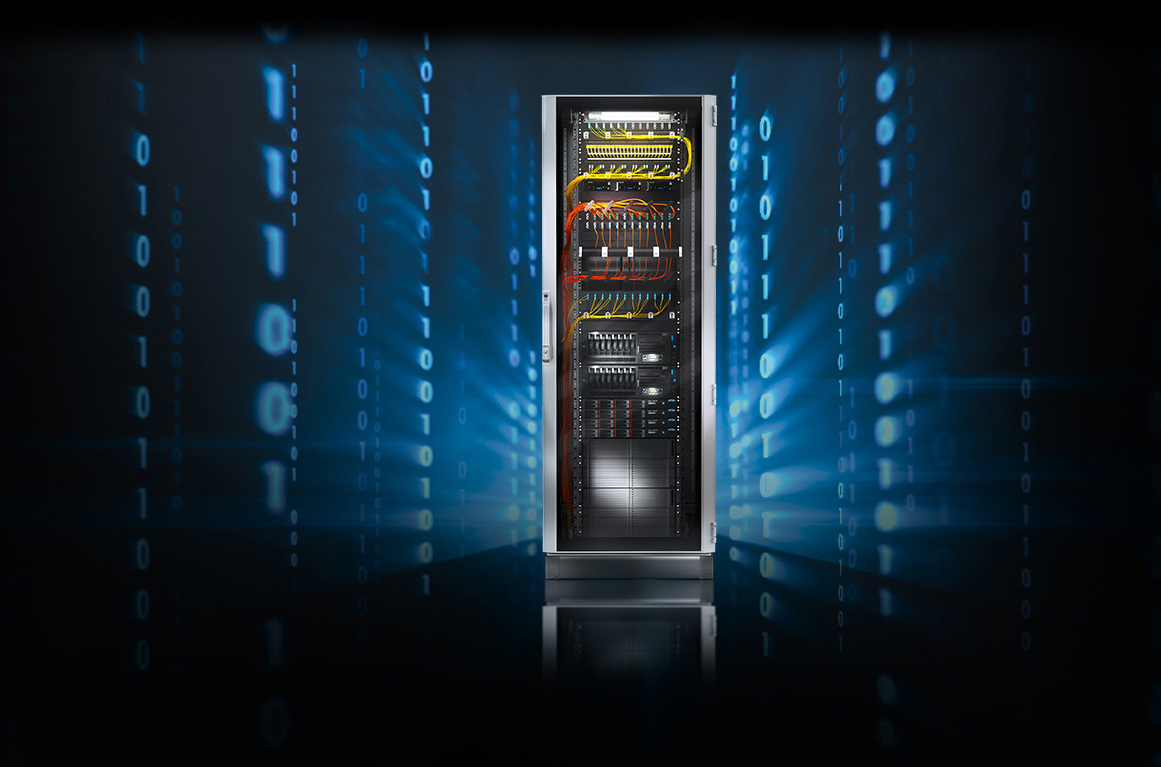
Many people today are still trying to wrap their head around what exactly Industry 4.0 is. The reality is: if you haven’t figured it out yet, you’re already behind and you need to catch up.
Most would agree that the Industrial Revolution began when man learned to harness the power of steam and water. This gave us steam transportation and early machines, which added in both manufacturing and delivering of goods. The second Industrial Revolution came along a few years later when we began using mass production to supply goods. A few years later still we were able to bring about a third Industrial Revolution when many of those tasks became automated.
Now, a fourth Industrial Revolution is upon us. This new era in manufacturing is both complex and a natural evolution. Rather than calling it the fourth Industrial Revolution, though, we have coined this modern phenomenon as Industry 4.0.
First coined in 2011, Industry 4.0 is the amalgamation of several different points of production and supply being combined into one seamless endeavor. This process is both driven and aided by ingenuity, process management, and technology.
The Internet of Things
If you’re going to talk about Industry 4.0, you need to understand another important term: The Internet of Thing of IoT.
Now, we all know what the Internet is. It’s what you’re probably reading this article on right now. You might be using your computer, laptop, tablet or smart phone to connect to the Internet. It’s an amazing place filled with astounding amount of information, communications, and…cat videos.
That being said, the Internet as we know it hardly works without human interaction. After all, someone has to like those posts, upload those videos, and click on those ads, right? Right.
The Internet of Things, however, requires very little human interaction. IoT is a series of machines, computers, and peripherals that employ sensors and software, each connected to one another.
By having these systems interconnected and communicating with one another, detailed instructions and processes can be carried out with little interaction from humans.
Higher Productivity at a Lower Cost
While the initial investment to bring your systems up to speed and make them Industry 4.0 compatible can seem staggering, the lifetime value is undeniable.
Rather than having the same complex systems we once had in place for something such as industrial electrical enclosure design and manufacture, we are able to reduce the lead time, chance for error, and overall cost. How so? Let’s take a look.
The Old Way
Mechanical engineers create their design needs.
Electrical engineers look over the designs from the mechanical engineers and create their own design requirements.
These are then sent through a series of checks and approvals—often requiring hardcopy sign offs.
From there, purchasers create purchase orders, often several different POs for different suppliers and vendors, component by component.
A standard electrical box is chosen for the enclosure.
Holes are cut out and components are sized up within the enclosure.
These are then assembled, dragging wires to and from various components and finally pulled through the cutout holes before being attached to the machinery.
The Industry 4.0 Way
Mechanical and Electrical engineers still dominate at their specialties, but their software is linked, so bottlenecks and other potential issues can be caught earlier on during the process.
The software is shared with appropriate quality control and oversight departments and individuals before being signed off on—changes can be made quickly.
From there, everything is tied into purchasing and vendor systems, so once approved, ordering is a must less arduous process.
The design is shared with the manufacturer’s software, which is tied into the machining software to create customized modular enclosures.
Lines and wires are run according to specification so the unit is ready for quick and easy assembly with necessary components.
Comparing the Old and the New
There really are no skipped steps between the old way and the new way of doing things. Instead, the process is streamlined by connecting all pertinent business units.
There is less room for error as software checks for consistencies, approvals, etc.
You have less room for human error simply because fewer humans are involved in the process.
One of the best parts of the Industry 4.0 manner of doing things is that changes can be made with far less hassle than in the old days. You don’t have to scratch off everything after an earlier phase because a simple modification or update was needed. With the right software, everything is adjusted to match that modification programmatically.
For more great information on Industry 4.0 and how Rittal can help you take your business into the next generation, download this awesome white paper on the subject.

